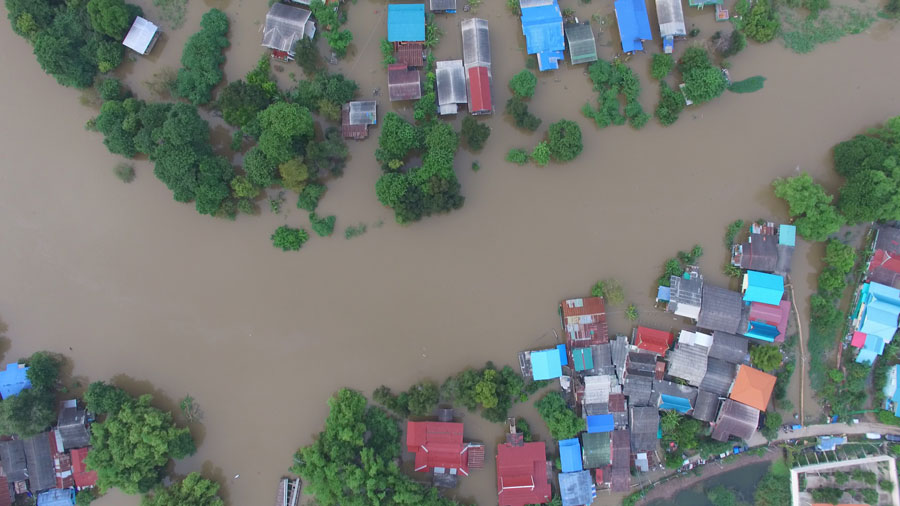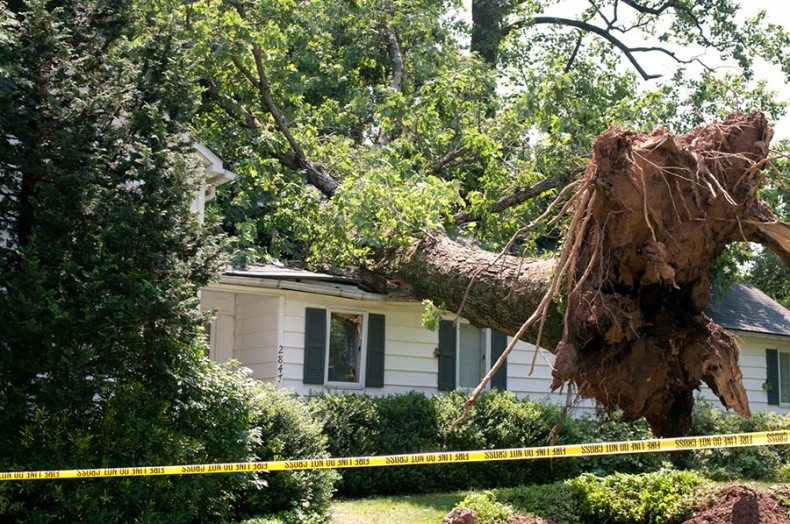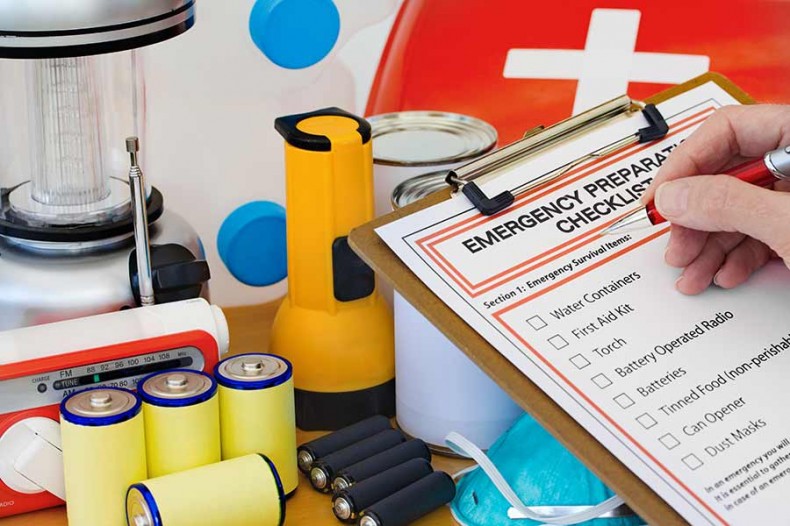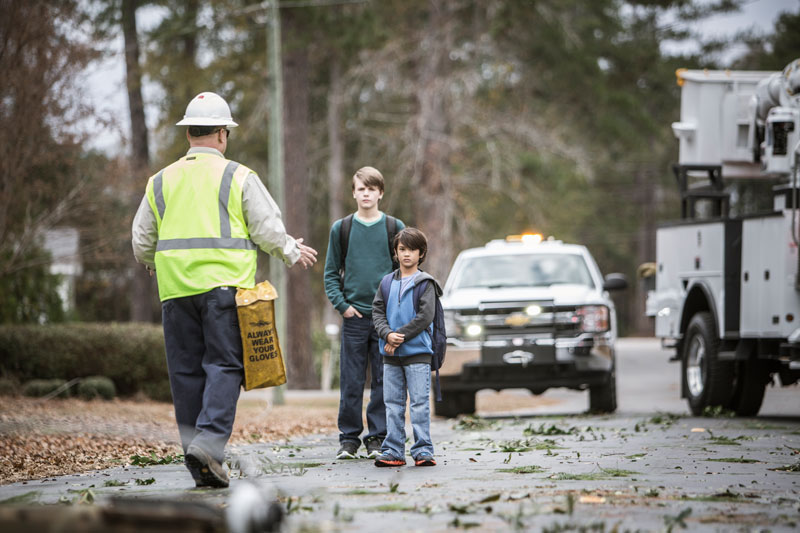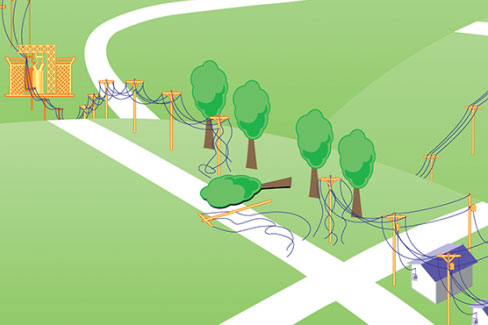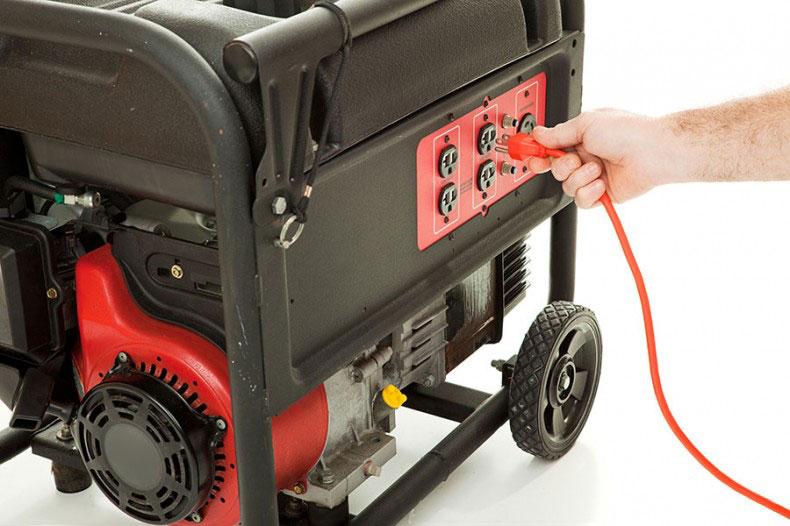When storm clouds clear, it doesn’t always mean the threat is over. For many North Carolinians, flooding can come days after a storm and wreak havoc on communities.
That’s why North Carolina’s electric cooperatives are working long before the storm to ensure outages and restoration time are minimized. Throughout the year, we maintain clear rights-of-way, trimming trees and vegetation along power line corridors that could create outages and hinder restoration efforts. Should flooding become an imminent threat, electric co-op power restoration crews stand ready to restore any outages as soon as conditions are safe.
Take some time to make sure you’re also prepared when floodwaters rise, using these resources as a guide. Contact your local electric cooperative with any flood or severe weather-related questions not answered here.
Before
During
- Depending on where you are, and the impact and the warning time of flooding, move to higher ground or a higher floor.
- If trapped in a building, go to its highest level. Do not climb into a closed attic. You may become trapped by rising floodwater. Go on the roof only if necessary. Once there, signal for help.
- Listen to Weather Radio or local alerting systems for current emergency information and instructions.
- If told to evacuate, shut off power at the breaker box if possible (but don’t walk through water to do so) and evacuate immediately. Never drive around barricades. Local responders use them to safely direct traffic out of flooded areas.
- Take your pets with you, but understand that only service animals may be permitted in public shelters.
- Do not walk, swim or drive through flood waters. Turn Around. Don’t Drown!
- Stay off bridges over fast-moving water. Fast-moving water can wash bridges away without warning.
- If your vehicle is trapped in rapidly moving water, then stay inside. If water is rising inside the vehicle, then seek refuge on the roof.
—Source: Ready.gov

